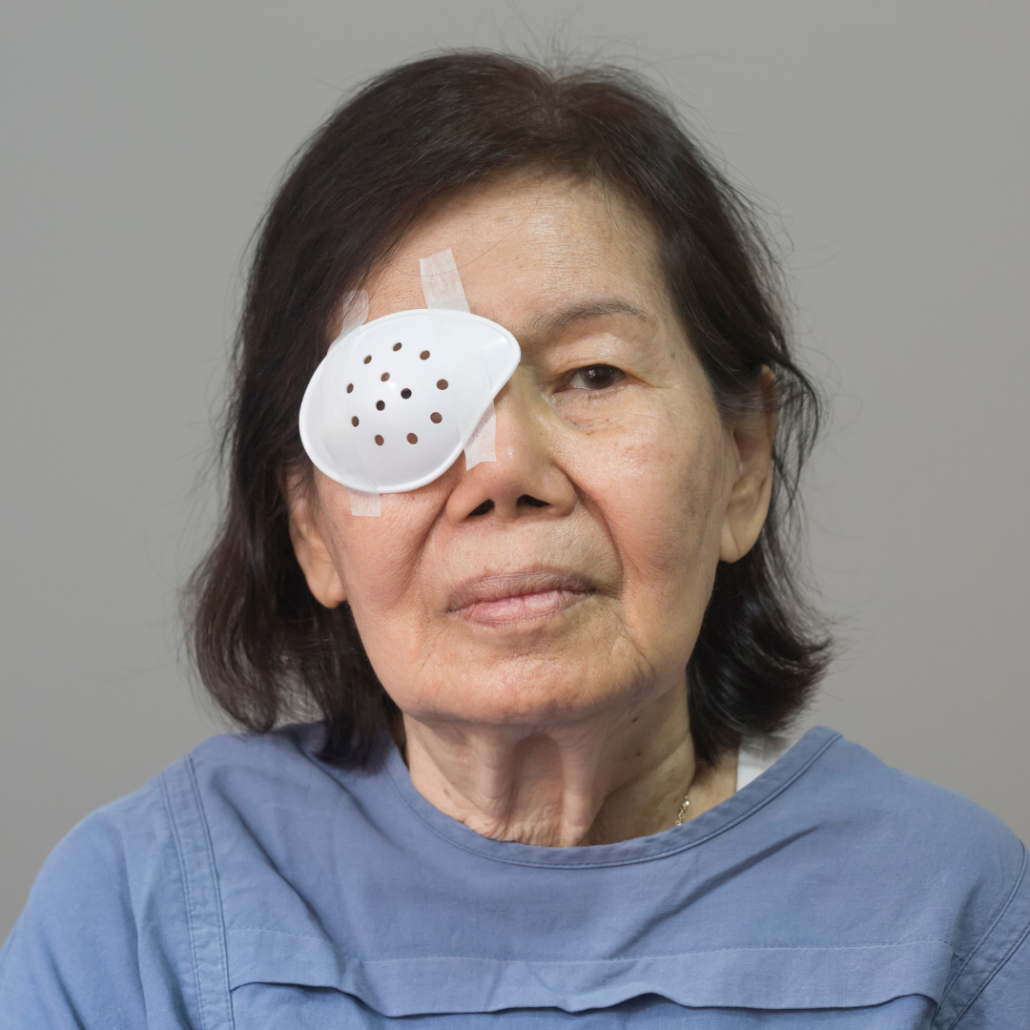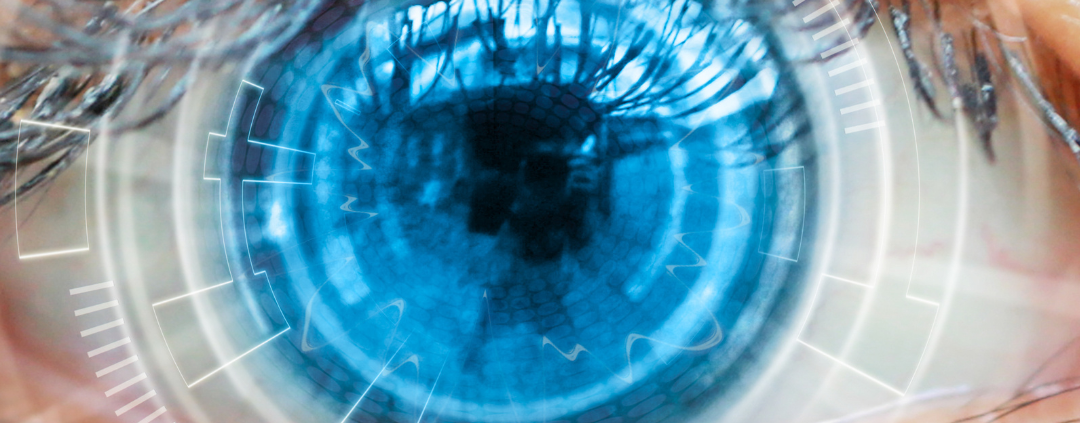What are cataracts?
A cataract is a clouding of the eye’s typically clear lens. Cataract patients compare seeing through clouded lenses to gazing through a frosty or fogged-up window. Cataracts can cause clouded vision, making it difficult to read, drive a car (particularly at night), or see the expression on a friend’s face.
Most cataracts form slowly and do not interfere with your vision at first. On the other hand, in time, they will ultimately impair your eyesight.
Stronger lighting and spectacles might help you deal with the condition at first. However, if your vision is interfering with your daily activities, you may require cataract surgery. Cataract surgery, fortunately, is often a safe and successful treatment.

What Causes it?
The most prevalent cause is aging. This is related to typical eye changes that occur after the age of 40. That is when normal proteins in the lens begin to degrade. This is what makes the lens hazy. People over the age of 60 normally experience some clouding of their lenses. However, visual impairments may not appear for years.
Other reasons you may get it include:
- Having this eye condition in your parents, brothers, sisters, or other family members
- If you have certain medical problems, such as diabetes or smoking
- Having had an eye injury, eye surgery, or radiation treatments on your upper body
- Spending a lot of time in the sun, especially without sunglasses that protect your eyes from damaging ultraviolet (UV) rays
- Using certain medications, such as corticosteroids, which may cause early cataract formation

Types of cataracts
Affecting the center of the lens (nuclear cataracts):
A nuclear cataract may at first create increased nearsightedness or perhaps a brief improvement in your reading vision. However, as time passes, the lens becomes more thickly yellow, severely obscuring your eyesight. The lens may even turn brown as the cataract progresses. Advanced yellowing or browning of the lens might make it difficult to discriminate between colour tones.
Affecting the edges of the lens (cortical cataracts):
Cortical cataracts begin as white, wedge-shaped opacities or streaks on the lens cortex’s outer border. The streaks gradually expand to the centre of the lens and interfere with light travelling through it.
Affecting the back of the lens (posterior subcapsular cataracts):
A posterior subcapsular cataract begins as a tiny, opaque region towards the rear of the lens, directly in the path of light. A posterior subcapsular cataract frequently impairs reading vision, lowers vision in strong light, and generates glare or halos around lights at night. These forms of cataracts develop more quickly than others.
If you’re born with (congenital cataracts):
Some people are born with cataracts, while others develop them as children. These cataracts might be hereditary or caused by an intrauterine illness or trauma. Certain disorders, such as myotonic dystrophy, galactosemia, neurofibromatosis type 2 or rubella, may also cause cataracts. Congenital cataracts do not always impair vision, but when they do, they are normally removed as soon as they are discovered.

When to see a doctor
If you experience any changes in your eyesight, schedule an appointment for an eye examination. Consult your doctor as soon as possible if you experience abrupt visual changes, such as double vision or light flashes, eye discomfort, or headaches.
To know more, get in touch with us at +91 7045798938 or visit us at Travocure.
















Leave a Reply
Want to join the discussion?Feel free to contribute!